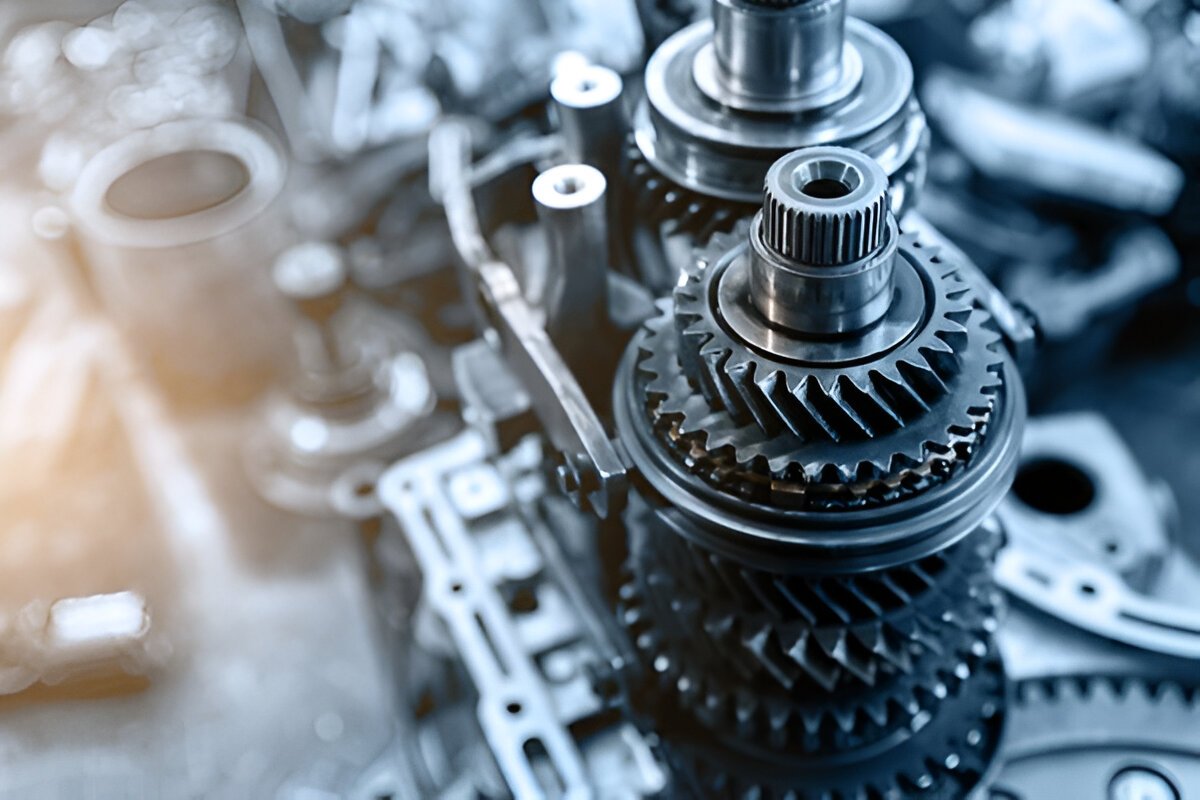Investment casting is also known as the lost wax process. It is a manufacturing technique that has been a foundation in producing high-precision components for decades. In the automotive industry, where innovation and efficiency are paramount, investment casting plays a vital role. This article will discuss the latest trends, challenges, and opportunities associated with investment casting in the automotive sector.
Trends in Investment Casting for the Automotive Industry
- Lightweight Materials for Efficiency
The automotive industry’s focus on fuel efficiency and sustainability. So, the use of lightweight materials like aluminum and titanium in investment casting is on the rise. These materials help reduce vehicle weight, improving fuel efficiency and reducing carbon emissions. - 3D Printing in Pattern Creation
The integration of 3D printing in creating wax patterns is transforming the investment casting process. This trend accelerates prototyping, reduces costs. It also allows more complex and precise designs that were previously impossible to achieve. - Electric Vehicle (EV) Components
The shift toward electric vehicles (EVs) has increased the demand for precision components, including battery housings, motor casings, and lightweight structural parts. Investment casting is particularly suited for producing these intricate and high-performance parts. - Automation and Smart Casting
The adoption of automation and IoT technologies in investment casting facilities enhances efficiency and quality control. Advanced sensors and real-time monitoring ensure consistent results, minimize defects, and reduce wastage. - Sustainability Practices
Sustainability is becoming a major trend. Many foundries are adopting eco-friendly practices, such as recycling wax and alloys, reducing energy consumption, and using biodegradable materials in the process.
Challenges Facing Investment Casting in the Automotive Industry
- Cost Pressures
Investment casting can be more expensive than other manufacturing methods like die casting, especially for high-volume production. This creates cost pressures for foundries to remain competitive in the automotive market. - Technological Limitations
While the process allows for high precision, investment casting struggles with limitations in casting very large or extremely thin-walled components. These technological barriers can hinder its adoption for specific automotive applications. - Material Supply Chain Issues
The availability and cost of premium materials like titanium and high-grade aluminum alloys can pose challenges, especially during global supply chain disruptions. - Environmental Regulations
Strict environmental regulations in many regions require foundries to invest heavily in cleaner production processes and waste management systems. While beneficial in the long term, these initiatives can increase operational costs. - Skilled Workforce Shortage
Operating and maintaining advanced investment casting equipment requires a skilled workforce. However, many industries, including automotive manufacturing, face challenges in finding and retaining such talent.
Opportunities for Investment Casting in the Automotive Industry
A. Growing Demand for EV Components
- Lightweight Materials: Investment casting can be more expensive than other manufacturing methods like die casting, especially for high-volume production. This creates cost pressures for foundries to remain competitive in the automotive market.
- Electrification Components: As EVs require specialized components for batteries, electric motors, and powertrains, investment casting is well-suited for producing these intricate parts.
- High-Performance Parts: Investment casting can produce high-performance parts like heat shields, brackets, and cooling system components, essential for the demanding conditions of EVs.
B. Customization and Prototyping
- Complex Geometries: Investment casting excels in producing complex geometries that are difficult or impossible to achieve with other manufacturing methods.
- Cost-Effective Small Batches: For manufacturers working on limited runs of customized parts, investment casting offers a cost-effective method of production with minimal tooling costs.
- Rapid Design Iterations: Manufacturers can quickly iterate on designs and prototype multiple variations, allowing for faster time-to-market for customized vehicle components.
C. Emerging Markets
- Infrastructure Development: As emerging markets develop infrastructure for EVs, demand for automotive components including those made via investment casting—will see significant growth.
- Government Initiatives: Many countries are introducing policies to boost EV adoption, further accelerating the demand for EV parts and related casting technologies.
- Automotive Industry Transformation: The shift from internal combustion engine (ICE) vehicles to EVs in these markets offers new growth avenues for investment casting companies supplying both ICE and EV components.
D. Collaboration with Additive Manufacturing
- Enhanced Part Design: By combining additive manufacturing with investment casting, manufacturers can produce parts with optimized geometries that enhance strength and reduce weight.
- On-Demand Production: The combination of both technologies allows for quicker on-demand production of parts, improving supply chain flexibility.
- Tooling and Pattern Making: Additive manufacturing can be used to create patterns and molds for investment casting, reducing lead times and improving accuracy in the casting process.

E. Development of Advanced Alloys
- Improved Durability: Advanced alloys being developed for investment casting can enhance the durability of components, especially in high-stress automotive applications like engine blocks and suspension components.
- Better Performance at High Temperatures: New alloys improve the heat resistance of cast parts, particularly for engine components and parts exposed to extreme conditions in electric and hybrid vehicles.
- Corrosion Resistance: Advances in alloy technology offer components with enhanced resistance to corrosion, especially important for automotive parts exposed to diverse weather and road conditions.
Future Outlook for Investment Casting in the Automotive Industry
As the automotive industry evolves, so does the role of investment casting. The growing focus on sustainability, efficiency, and innovation will drive the adoption of advanced casting technologies. By addressing challenges like cost and material constraints, the industry can unlock new opportunities in producing next-generation automotive components.
Moreover, as global automotive manufacturers prioritize electric and autonomous vehicles, the demand for precision-engineered components will continue to rise. Investment casting, with its ability to deliver high-quality and intricate parts, is poised to remain a critical manufacturing method.
Investment casting has long been an integral part of the automotive industry, and its relevance is only increasing with the shift toward lightweight materials, EV components, and sustainable practices. While challenges such as cost pressures and material limitations exist, the opportunities far outweigh them. By embracing technological advancements like 3D printing, automation, and advanced alloys, investment casting can meet the evolving demands of the automotive sector and drive innovation for years to come.

